Hello coffee lovers! Today, we’re diving into a comprehensive guide on everything from selecting coffee beans to roasting, storing, and understanding expiration dates. Whether you’re a beginner or a seasoned enthusiast, this information will enrich your coffee experience.
The world of coffee is incredibly rich and varied, with the type of beans, roast level, and brewing methods all contributing to the flavor profile. By learning about home roasting and proper storage techniques, you can elevate your daily coffee routine into something truly special. So, stick with us until the end!
- In-depth exploration of different types of coffee beans and their characteristics
- A step-by-step guide to roasting coffee at home
- Tips and methods for proper storage to maintain freshness
Choosing the Right Coffee Beans and Why It Matters
To truly enjoy coffee, selecting the right beans is crucial. The type of bean and the roast level can significantly alter the flavor of your cup. By finding beans that suit your taste, you can elevate your daily coffee ritual into something much more enjoyable. In this article, we’ll delve into the different types of coffee beans and their roast levels, guiding you in your coffee selection journey.
Characteristics of Coffee Beans by Type
There are primarily two types of coffee beans: Arabica and Robusta. Arabica beans are known for their rich fruitiness and acidity, offering a wide range of flavor variations. On the other hand, Robusta beans have a stronger bitterness and a fuller body, making them a popular choice for espresso. Understanding the characteristics of each type can help you discover your preferred coffee.
Additionally, the flavor profile varies depending on the region of origin. For instance, Ethiopian beans are celebrated for their fruity and floral notes, while Brazilian beans often have a nutty sweetness. Choosing beans that match your taste will lead to a delightful coffee experience.
- Understand the differences between Arabica and Robusta
- Learn about flavor characteristics based on origin
- Find help in discovering beans that suit your preferences
Flavor Differences Based on Roast Level
The roast level greatly influences the taste of coffee. Light roasts highlight fruity aromas and bring out a pronounced acidity. Medium roasts strike a good balance, making them easy to drink. Dark roasts, however, tend to have stronger bitterness and a more intense body. It’s also worth noting that the flavor of roasted beans changes over time, so be mindful of their freshness.
For those who enjoy roasting at home, experimenting with different roast levels can be a rewarding experience. By discovering your preferred roast profile, you can deepen your appreciation for coffee.

If this article has piqued your interest in choosing coffee beans, you might also enjoy our piece on “Home Coffee Roasting: From Bean Selection to Roasting Techniques.” This guide covers everything from the joys of home roasting to selecting the right beans, providing a richer coffee experience overall.
- Understand flavor differences based on roast level
- Learn the characteristics of light, medium, and dark roasts
- Discover the joys of home roasting
Mastering the Art of Home Coffee Roasting
Roasting coffee beans is a crucial step that defines the flavor of your brew. The idea of roasting at home, allowing you to enjoy a taste that’s just right for you, is incredibly appealing. By learning the basics of roasting and gathering the necessary tools, you can easily dive into the world of coffee. In this article, we’ll explore how to roast coffee beans at home and guide you through the steps involved.
The Basics of Roasting and Essential Tools
To get started with roasting, it’s important to have a few foundational pieces of knowledge. Firstly, the temperature and time required for roasting coffee beans vary based on the type of beans and the desired roast level. Understanding the differences between light, medium, and dark roasts is key, as they significantly impact flavor.
When it comes to tools, you might consider using a dedicated coffee roaster, a frying pan, or an oven. A coffee roaster is great for beginners because it allows for easy temperature adjustments and promotes even roasting. However, you can also achieve good results with a frying pan or an oven, so feel free to choose the method that works best for you.
- Understand the roasting temperature and time
- Choosing the right roast level is crucial
- Gather your tools and enjoy home roasting
Step-by-Step Guide to Home Roasting
Roasting coffee at home is surprisingly simple. Start by gathering your green beans and preheating your roasting equipment, whether it’s a roaster or a frying pan. Once you’ve set the temperature, add the green beans and begin the roasting process. When the beans start to change color and emit a delightful aroma, you know you’re on the right track.
Adjust the roasting time based on your preferred roast level. If you enjoy light roasts, keep the roasting time shorter; for those who favor dark roasts, extend the time a bit. Once roasting is complete, cool the beans down and transfer them to a storage container. To enjoy the best flavor, it’s advisable to consume the beans relatively soon, keeping their freshness in mind.
- Prepare the green beans and roast at the right temperature
- Adjust the time to match your roast preference
- Don’t forget to cool and store the beans after roasting
Brewing Methods and Their Impact
The way coffee is brewed significantly affects its flavor profile. After roasting, how you extract the coffee can change its taste, making fine-tuning essential for achieving your preferred flavor. With various brewing methods available, discovering which one suits you best can lead to a more satisfying coffee experience. In this section, we’ll delve into the basics of brewing methods and explore their unique characteristics.
The Importance of Fine-Tuning
When it comes to brewing coffee, the key to unlocking the beans’ flavor lies in fine-tuning. Elements such as brew time, grind size, and water temperature all play a crucial role in determining the final taste. For instance, a shorter brewing time tends to emphasize acidity, while a longer extraction highlights bitterness. By adjusting these factors to match your personal preferences, you can get closer to your ideal cup.
Additionally, how you store your coffee can also affect the brewing results. As coffee beans approach their expiration date, their flavors diminish, so using fresh beans is vital. Thus, fine-tuning your brewing process is closely tied to both your choice of ingredients and how you store them.
- Adjusting brew time and temperature is crucial
- Varying grind size and water temperature can enhance flavor
- Bean freshness impacts the overall taste
Comparing Different Brewing Methods
There are various brewing methods for coffee, including drip, French press, and espresso, each with its own appeal. Drip brewing is a convenient method that makes it easy to extract the beans’ flavors. French press, on the other hand, is popular for its rich and full-bodied taste.
Espresso stands out for its intense flavor and serves as the base for drinks like lattes and cappuccinos. Exploring these different methods is part of the fun as you find the brewing style that’s just right for you. So go ahead, try out various techniques, and enjoy your unique coffee journey.
- Learn the differences between drip, French press, and espresso
- Understand the characteristics of each brewing method to find your perfect style
- Experimenting with different methods can be a fun experience
Coffee Storage and Freshness
Properly storing coffee beans is crucial for preserving their flavor. After roasting, the beans will gradually change in taste over time. By implementing the right storage methods, you can enjoy your coffee’s rich flavors for a longer period. Additionally, adhering to the beans’ freshness guidelines ensures that you can savor coffee at its best. In this section, we’ll delve into effective storage techniques to prolong the life of your beans and key points regarding their freshness.
Tips for Keeping Your Beans Fresh
To extend the shelf life of your coffee beans, there are several important factors to keep in mind. Firstly, it’s essential to avoid direct sunlight and high humidity. Storing them in a cool, dark place is ideal, and using an airtight container will enhance their longevity. Techniques like vacuum sealing or double-bagging can also be effective.
Moreover, since ground coffee oxidizes quickly, it’s best to grind only what you need right before brewing. Keeping the beans whole will help maintain their flavor for a longer time. So, take some time to experiment with these storage methods and elevate your coffee experience.
- Avoid direct sunlight and high humidity
- Store in an airtight container
- Keep beans whole until ready to grind
Key Points to Maintain Freshness
The freshness of coffee beans is a crucial indicator of their quality after roasting. Generally, it’s recommended to consume them within a month of roasting, although proper storage can sometimes extend this timeframe. To ensure you stay within the freshness window, regularly check the condition of your beans. If you notice any off smells or discoloration, it’s best to avoid consuming them.
When purchasing coffee, opt for beans that include the roast date on the packaging to guarantee freshness. By considering when you plan to enjoy your coffee, you can choose beans that will be at their peak flavor when you’re ready to brew.
- Consume within one month of roasting
- Regularly check the condition of your beans
- Choose beans with a roast date indicated
Summary
We’ve explored how to choose coffee beans, the roasting process, methods for brewing at home, and tips on storage and shelf life. Since the flavor of coffee can vary significantly based on the type of beans and their roast level, it’s crucial to find the beans that suit your taste. By experimenting with home roasting and brewing techniques, you can further enhance your appreciation for coffee. Proper storage and adhering to expiration dates will help you enjoy the best coffee experience possible.
With this knowledge, we encourage you to discover your own perfect cup. Taking time to enjoy coffee can bring a little happiness into your daily routine.
- Understanding different types of coffee beans and roast levels is essential.
- Experimenting with home roasting and brewing methods helps you find your perfect flavor.
- Proper storage and respecting expiration dates will keep your coffee fresh and flavorful.
So, why not kickstart your wonderful coffee journey today? When making a purchase, be sure to choose fresh beans! We’d love to hear about your coffee experiences in the comments section!














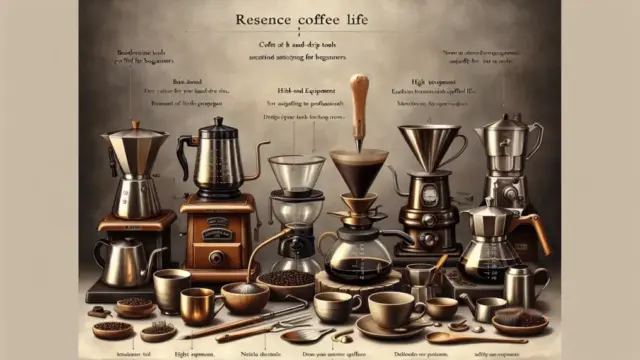
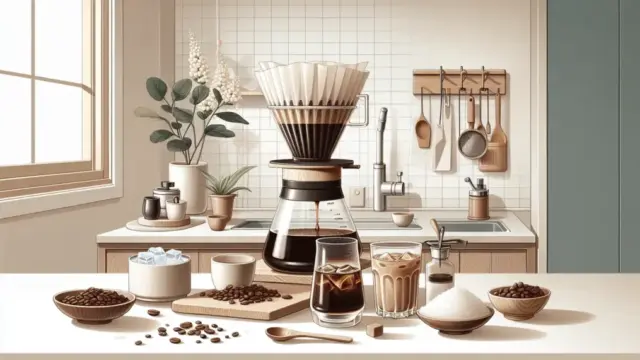







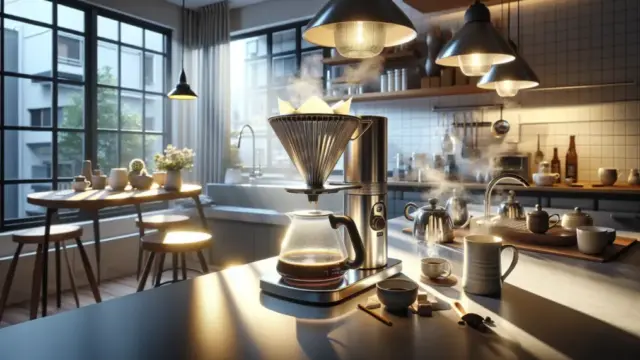




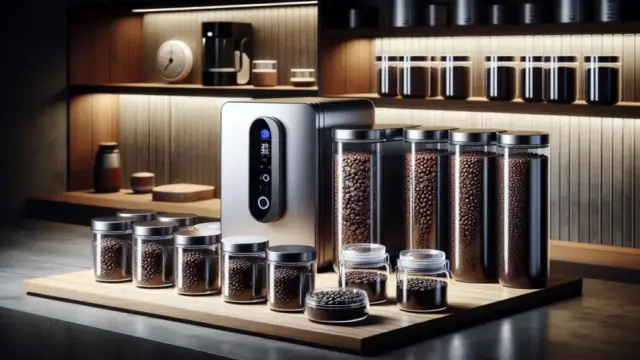



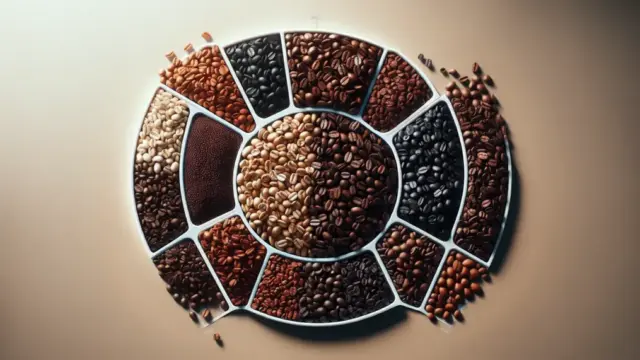

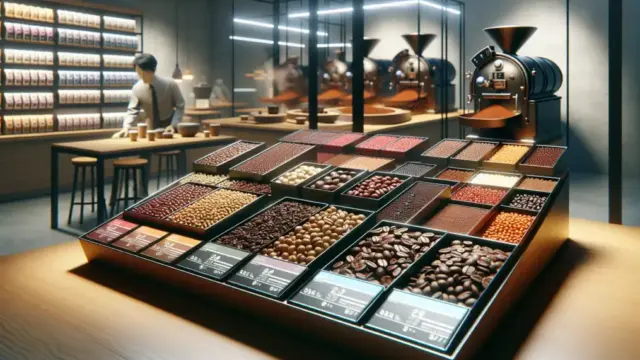

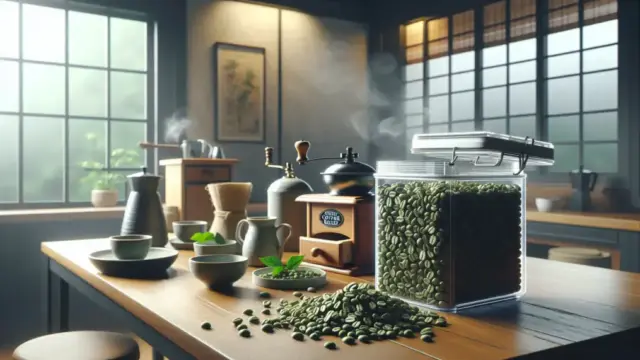



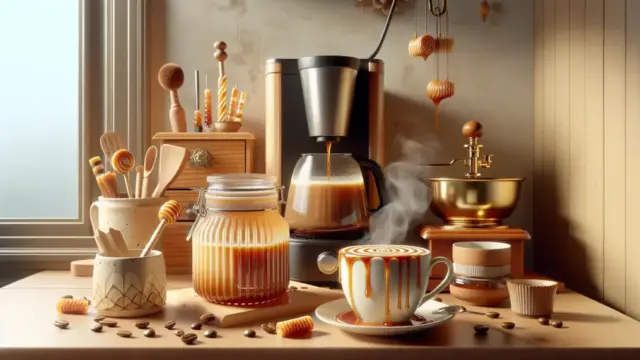
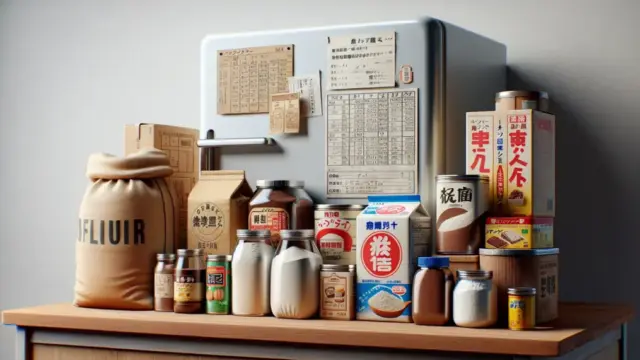













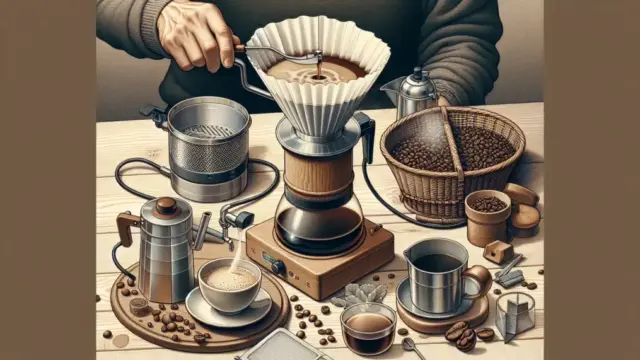









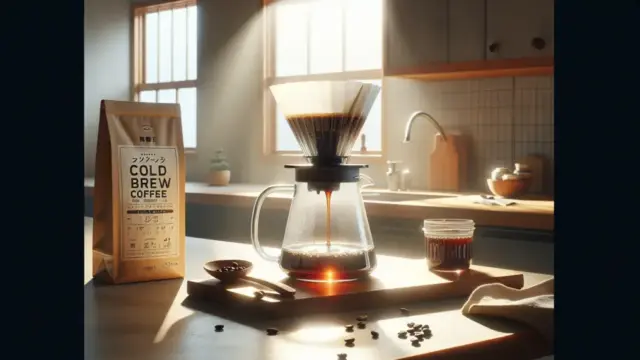

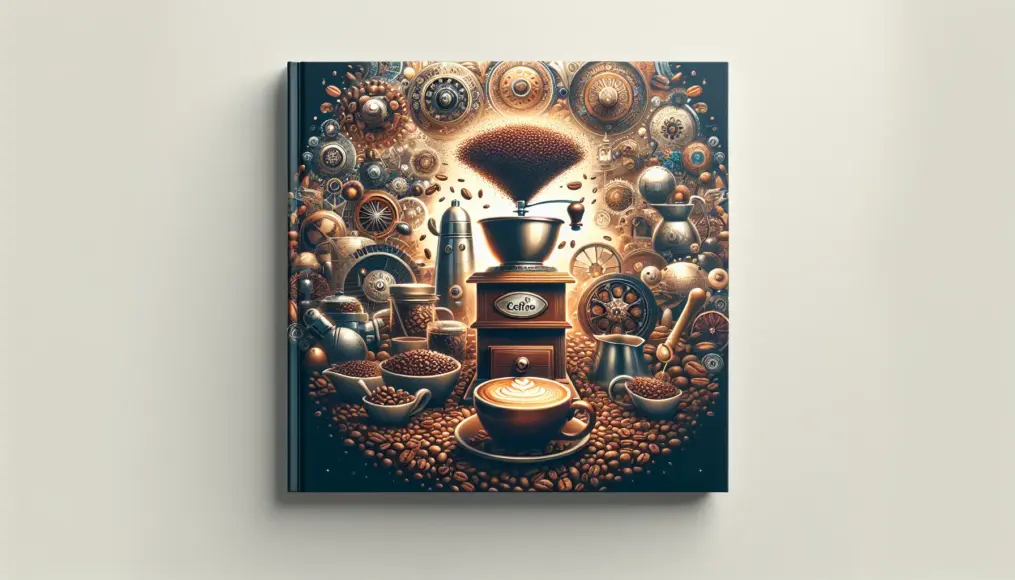

Comment